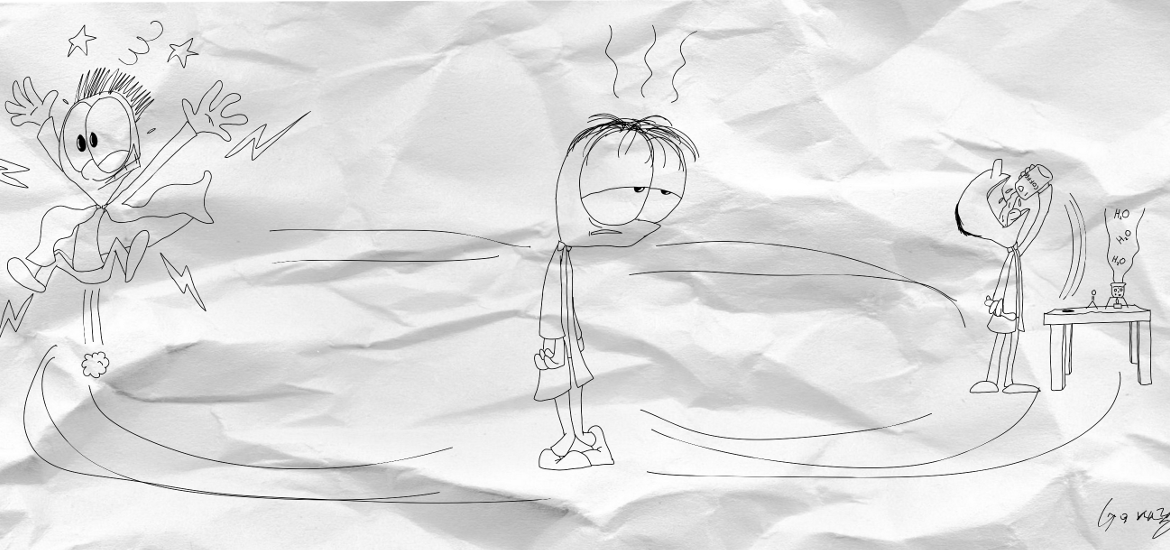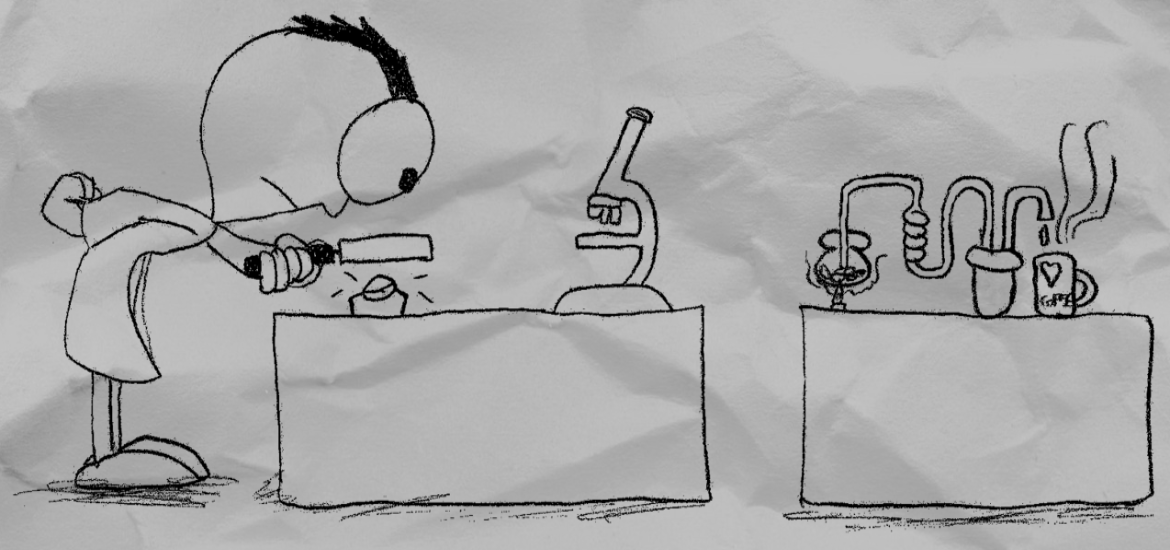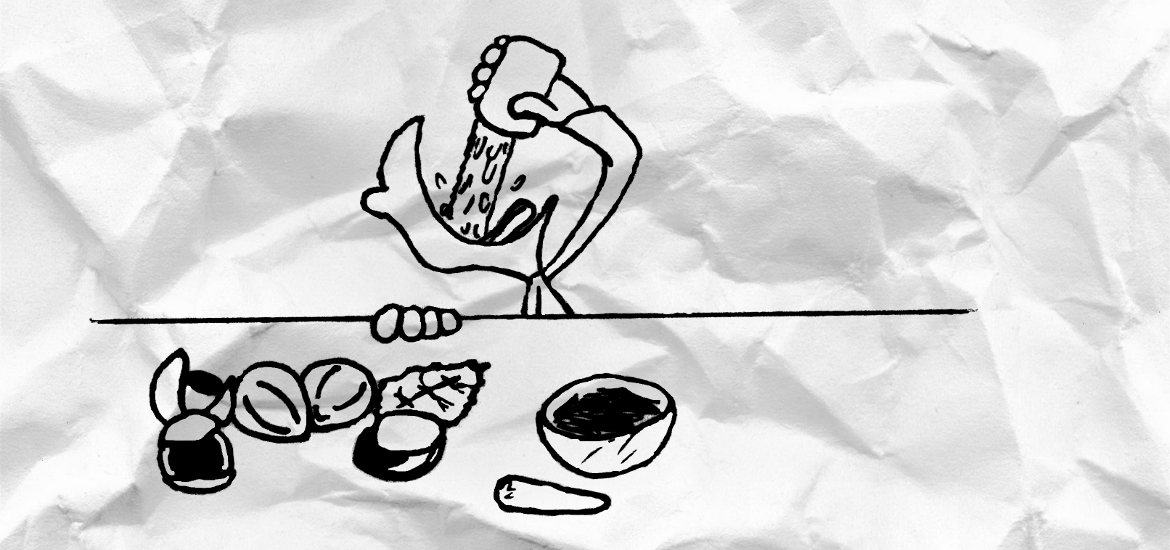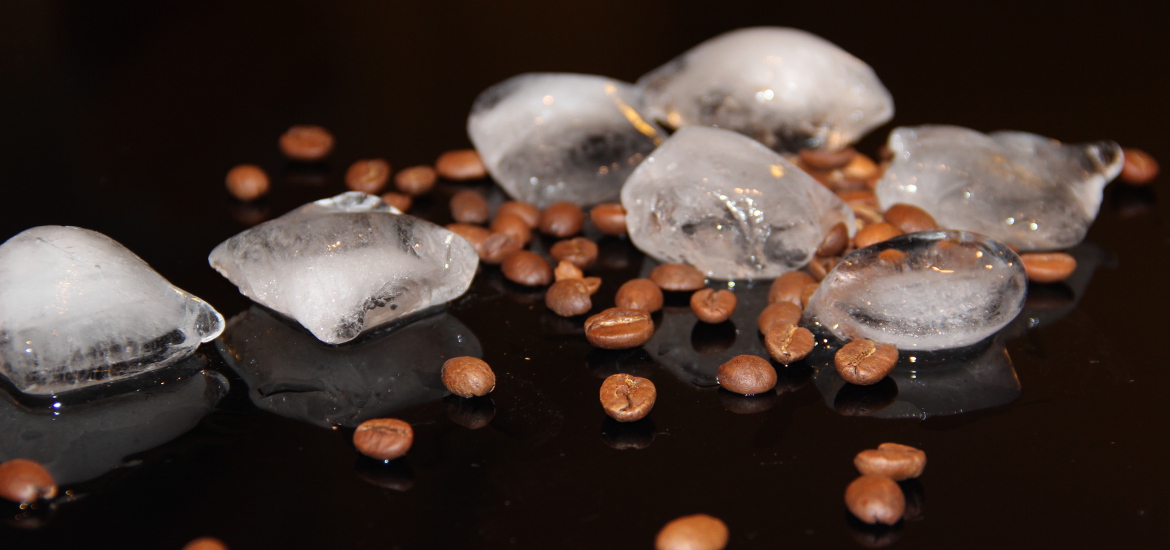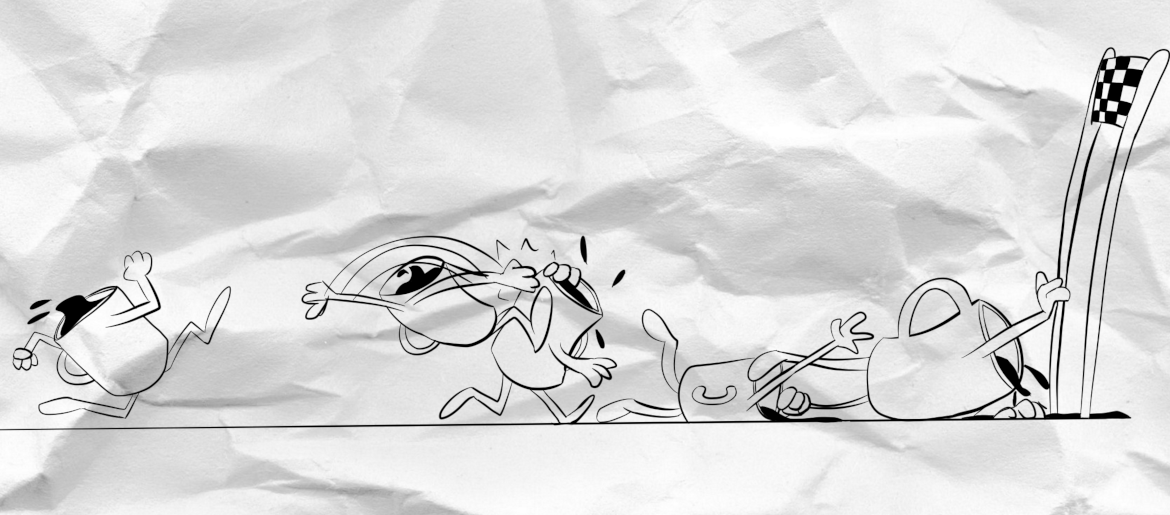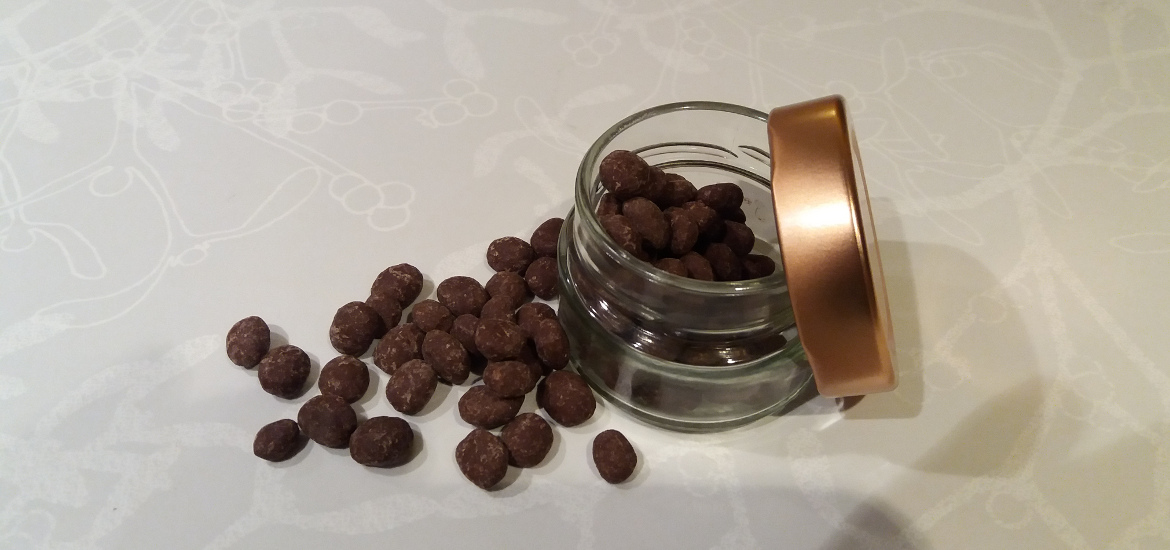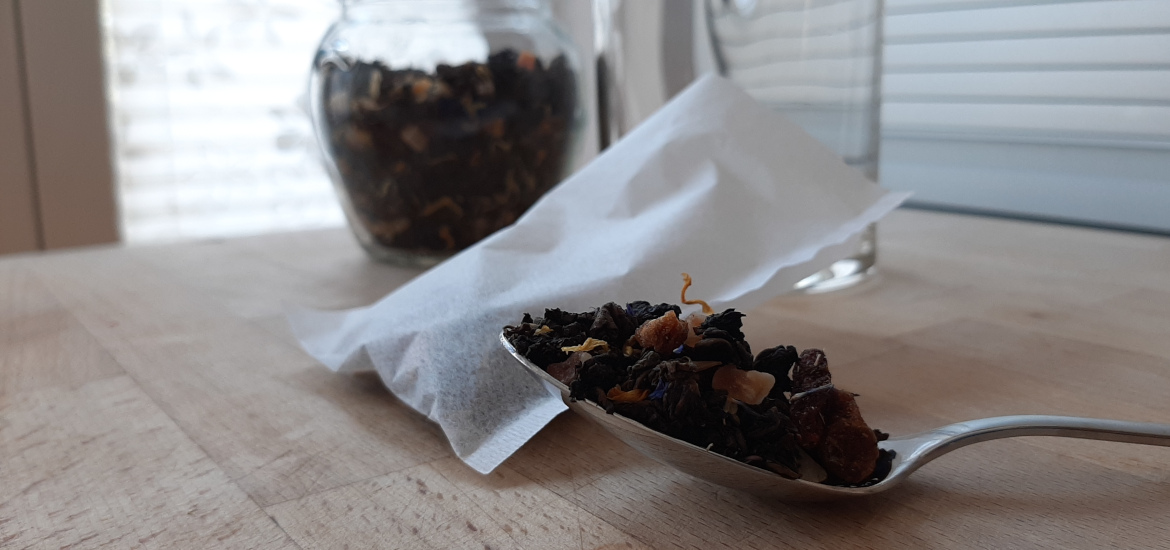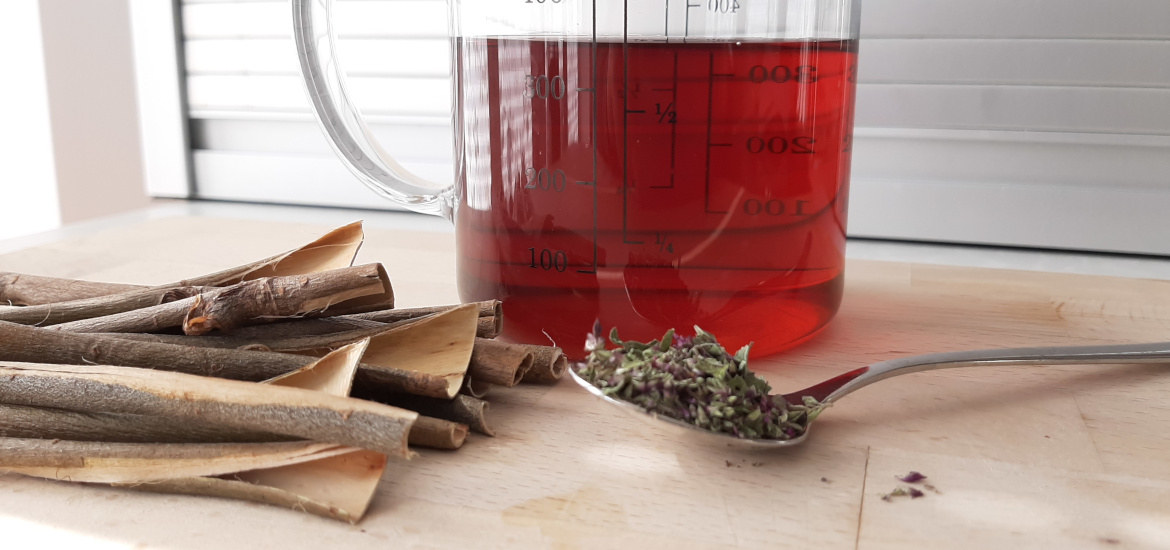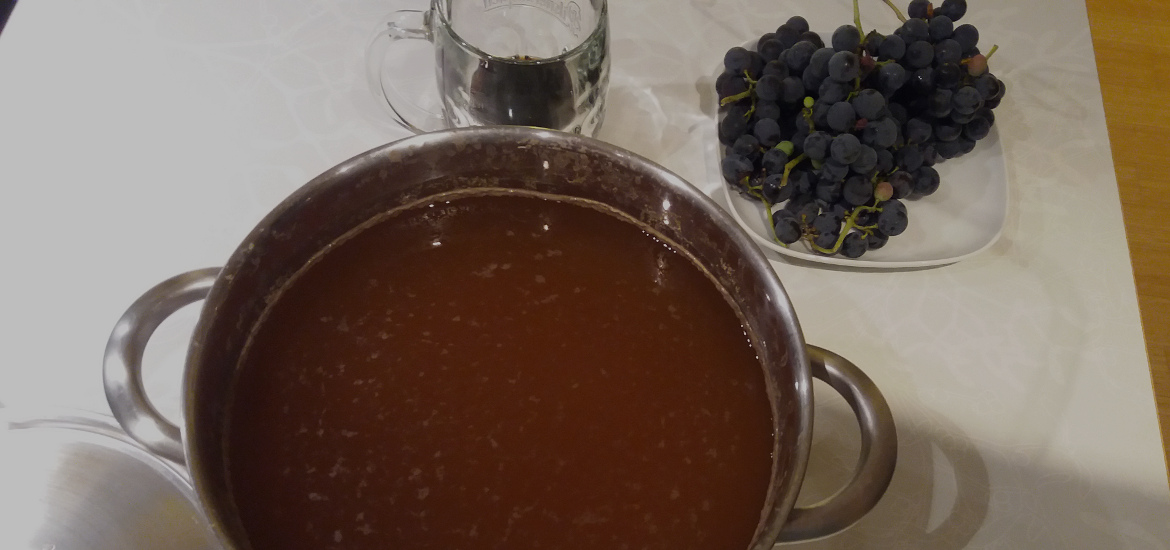Having pure caffeine is essential if you want to prepare your personalized energy drink. You can buy it or, even better, make caffeine extraction yourself. By extracting it from coffee or tea you will probably extract also other substances, which would further personalize your drink. Maybe even enhance the kick-start-me effect. There are several ways of caffeine extraction, but not everyone is suitable for a home application.
Organic solvent caffeine extraction
The oldest and most common way is extraction by means of organic solvents. It is based on the fact that caffeine in salt form is readily soluble in water and not so much in organic solvents. When you change the caffeine from salt form to free base by adding a strong base the solubility is reversed. The extraction consists of four steps.
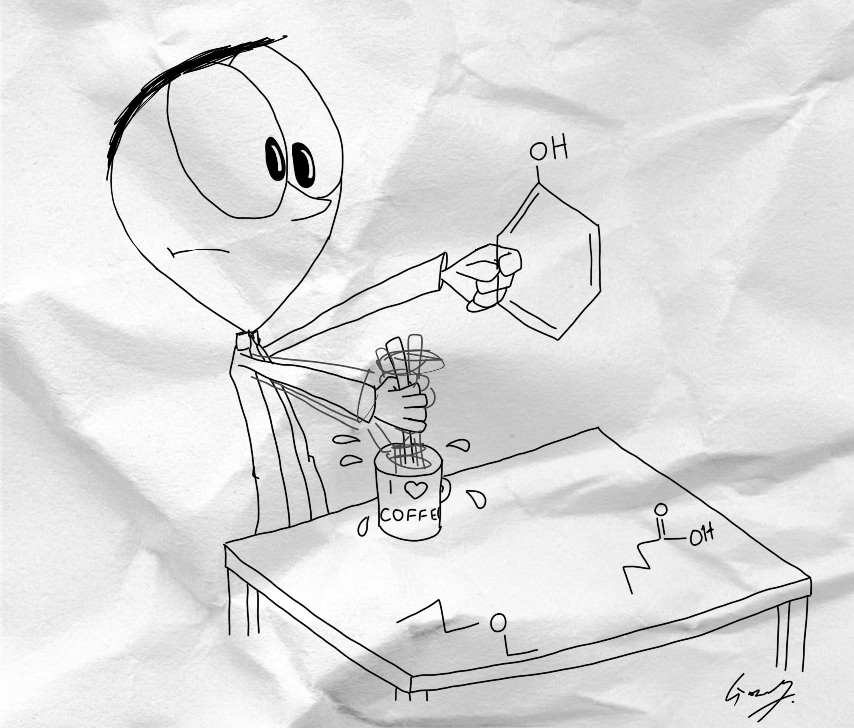
First caffeine is extracted in water and, if needed, acid is added to form soluble caffeine salt.
In the next step, an organic solvent (e.g. ethyl acetate) is added and since it does not mix with water, two layers are formed.
Next base is added and caffeine becomes insoluble in water and moves into the organic solvent.
Finally, the solvent is separated from water and evaporated to yield pure caffeine.
The process is fairly easy and can be done in the kitchen. But it has a drawback: organic solvent. First, the solvent is not sold in a regular supermarket, and you need a lot of it since it is lost in the process. Granted, you can recycle the solvent, but you need special equipment, which is not found in a normal kitchen. Second, there is always some solvent left in the caffeine and there is no way to say how much. And surely you do not want an organic solvent with your energy drink.
Supercritical carbon dioxide caffeine extraction
Next option for extraction is supercritical carbon dioxide. This is a fairly straightforward method.
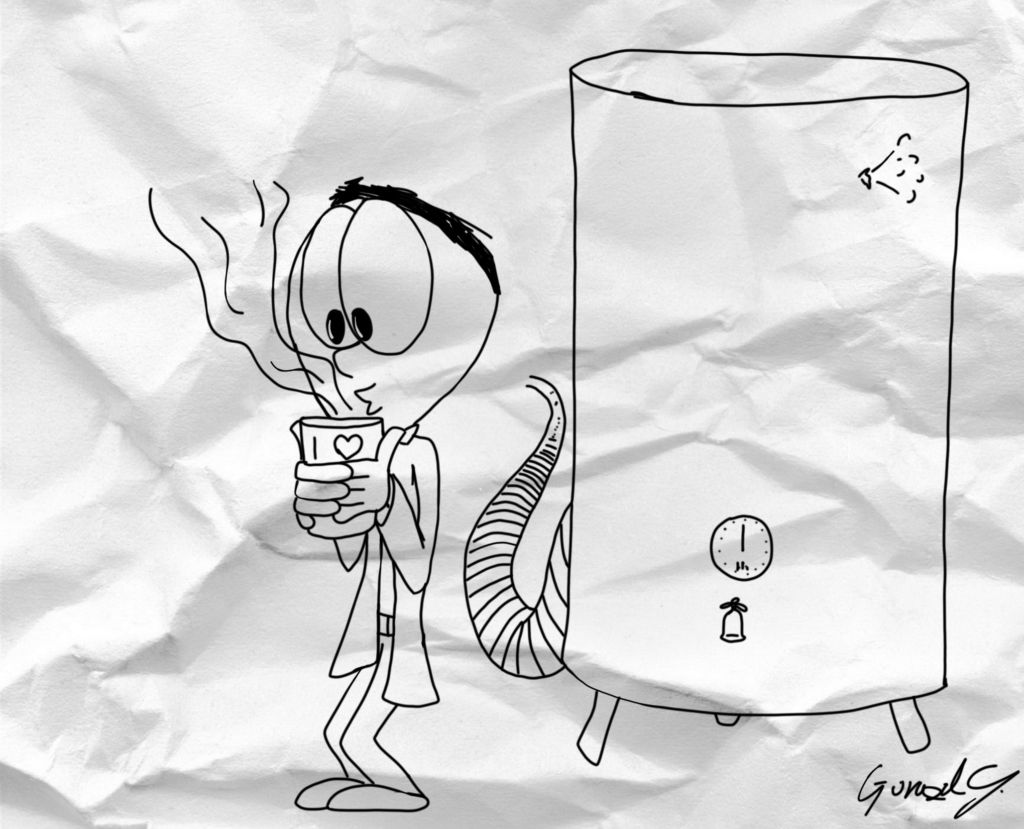
Caffeine is extracted by mixing the caffeine-containing material with liquid carbon dioxide. Next, liquid carbon dioxide is moved to another container, where the pressure is changed and carbon dioxide turns to gas and solid caffeine is left behind.
The only problem is the equipment. To liquefy carbon dioxide, a pressure of more than 7 MPa (70 atm) is needed. That is 70 times more than the pressure in a standard pressurized cooker or 20 times more than the pressure in car tires.
Such equipment is therefore extremely complex and hard to maintain and therefore reserved for industrial applications. Although it is more expensive than the organic solvent method, it is the preferred method of decaffeination in the industry, mainly due to the problem of residual organic solvents mentioned above.
Water caffeine extraction
Finally, caffeine can be extracted in water. This is done on daily basis with coffee brewing or tea preparation. The only problem is getting the caffeine out of the water.
One option is to boil down the water and collect the dried caffeine together with other substances. This has several drawbacks. First, you extract a lot of other substances, not only caffeine. And these substances can react in a number of ways when you boil down the mixture, usually forming a sticky and acrid product.
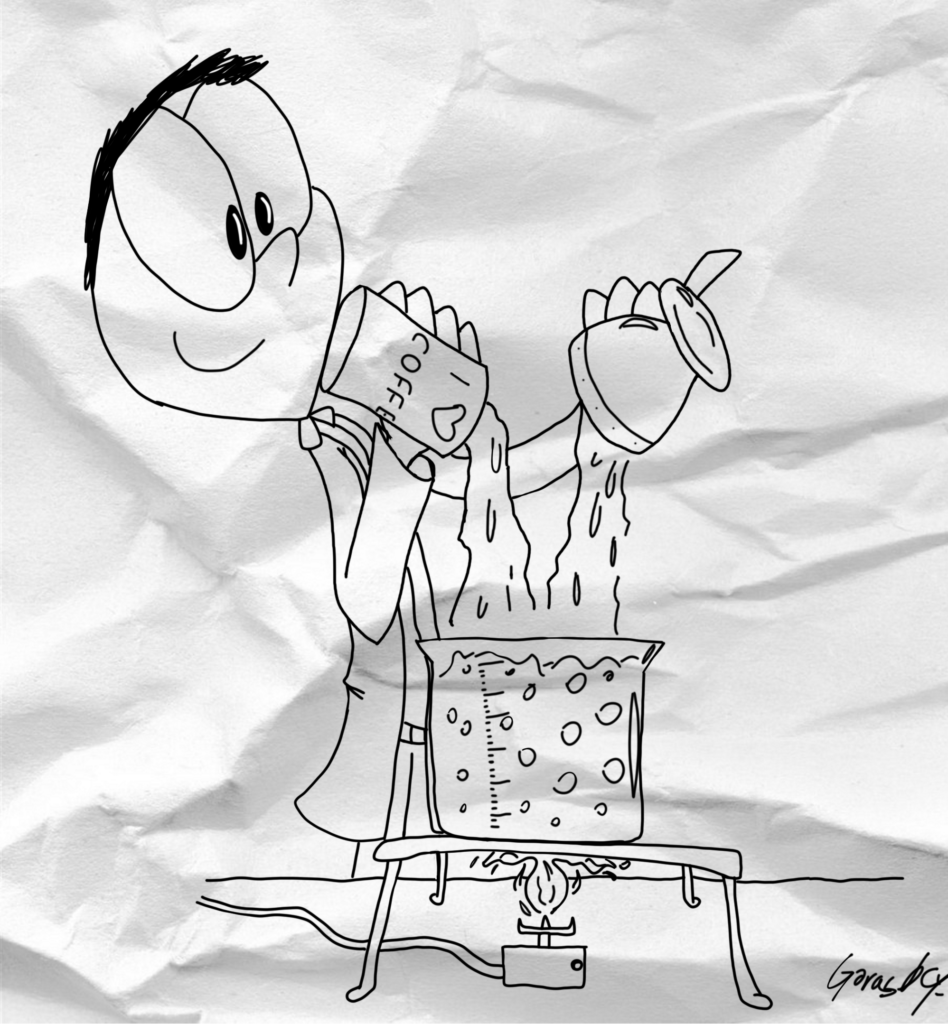
A much better way is to play with caffeine solubility. Its solubility in water is quite good and increases with temperature. At 100 °C 670 g dissolve in one liter of water and around 20 g/l at room temperature (25 °C).
In theory, this means you brew extremely strong coffee or tea and let it cool down to room temperature. If everything goes as planned, there should be around 650 grams of caffeine on the bottom of your one-liter pot, after it cools down to room temperature.
And this theory is almost directly applicable, with two potential drawbacks.
First, caffeine is not exactly pure, but it is mixed with other substances. Not so much as with boiling down the brew, but still. The main problem lies in brewing a really strong pot containing 670 grams of caffeine per one liter. For this, you would need around 33 kilograms of medium strength coffee or tea! This is clearly not easy to do.
But if you are less ambitious, the problem becomes much simpler. You can, for instance, use 1.5 kg of coffee or tea and brew it in 1 liter of water. This would yield around 10 grams of caffeine, but it is much easier to do, especially if you divide the coffee or tee into more portions and brew them one after the other.
And if you want to continue, things are much simpler: just use the cooled brew. Now you only add 0.5 kg of coffee or tea and again get 10 grams of caffeine.
Practical caffeine extraction example
Just out of curiosity I performed a small trial. I tried to extract caffeine from 300 g of coffee beans.
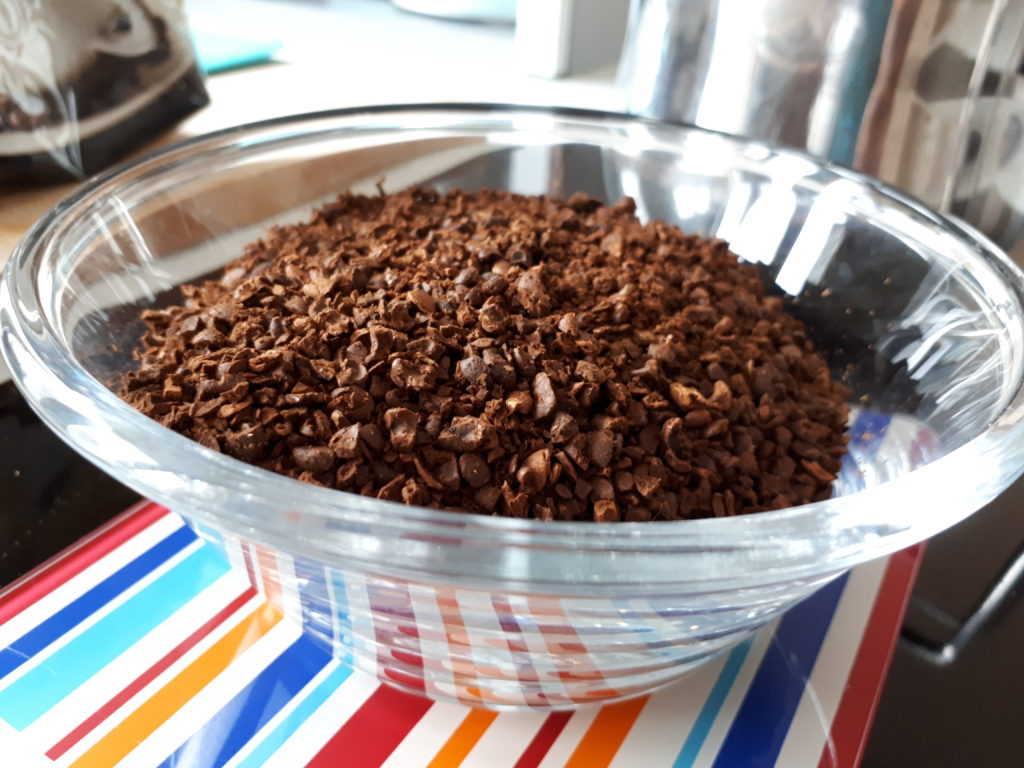
I started with 150 g of water and added around 50 g of ground coffee beans. More could not be added since the resulting mix was already quite thick.
After boiling the mixture for around 30 seconds, grounded coffee beans were separated from the coffee with a sieve. Interesting, only around 100 g of coffee was separated. Apparently, around 50 grams of water is trapped inside of the coffee beans and cannot be recovered.
Obviously, it would take much longer to make really concentrated coffee, but I continued anyway. After each separation, I added 50 g of water and fresh beans. In the end, I used 450 g of water and 300 g of ground beans.
After cooling in the refrigerator, a brownish residue – actually quite a lot of it – was left on the bottom. But not all of it was caffeine – after mixing the residue with fresh water, only half of it dissolved. Now, caffeine was again dissolved in water and it could be purified by boiling away excess water.
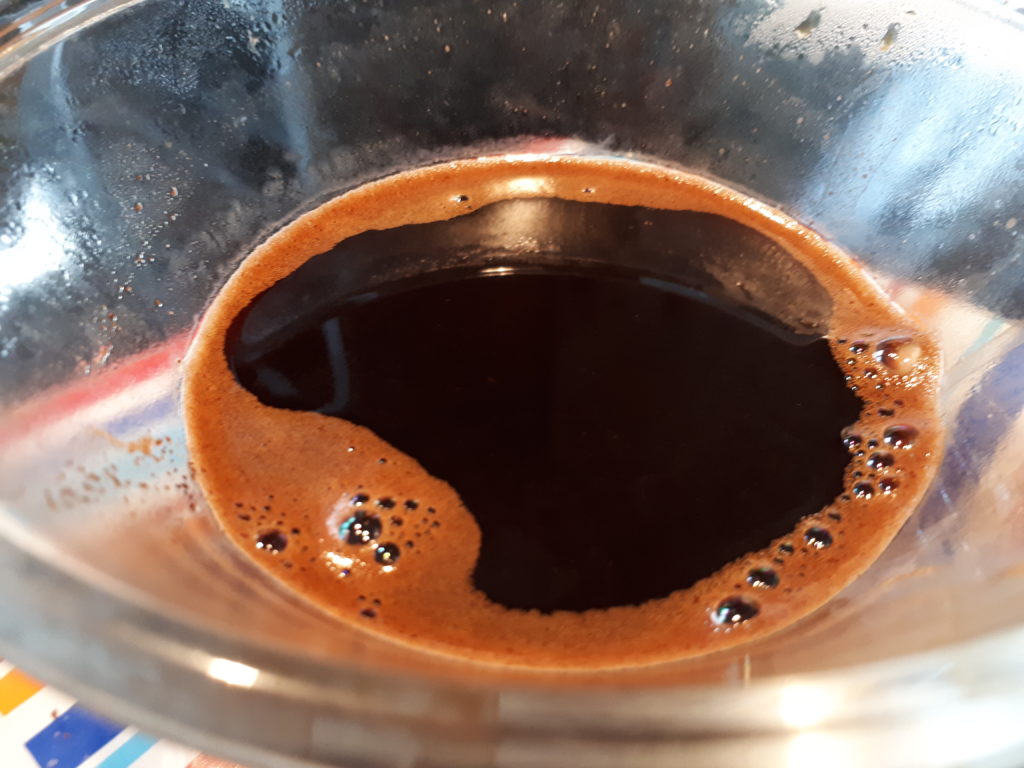
Surprisingly, the residue after boiling was not crystalline, but still an amorphous soft mass. It did, however, produced a kick when ingested.
I performed another experiment with tea. It went more smoothly since the water could be nicely squeezed out of the tea leaves. Also, the caffeine that precipitated was in crystalline form, although darkly green in color. Apparently, there is way less water-soluble compounds in the tea than in coffee.
But, the end result was always the same – greenish or brownish caffeine that did what it does best – lift you up.
Image credit: Amazing food
